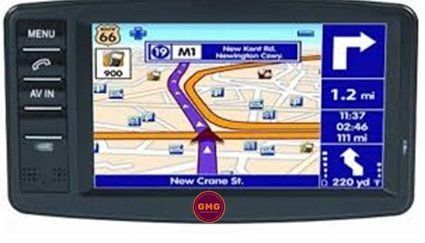Once you know where you are going, have the destination programmed in, you can choose how you get there. How you do it defines the type of business strategy and mode of operation.
Which route will you take?
The direct route
- the fastest and riskiest -invest in a plane to get there quickly
- slowly building your stamina, developing your business and product to arrive in a solid state
Environmentally friendly option
- using recycle material
- resourced through social enterprise
The slow meandering route
- acquiring other businesses along the way
- building in work/life/family balance
It is even possible to change the destination half-way through or decide to take a different route but at least you will be on the journey already. You will have learnt what works and what does not.


